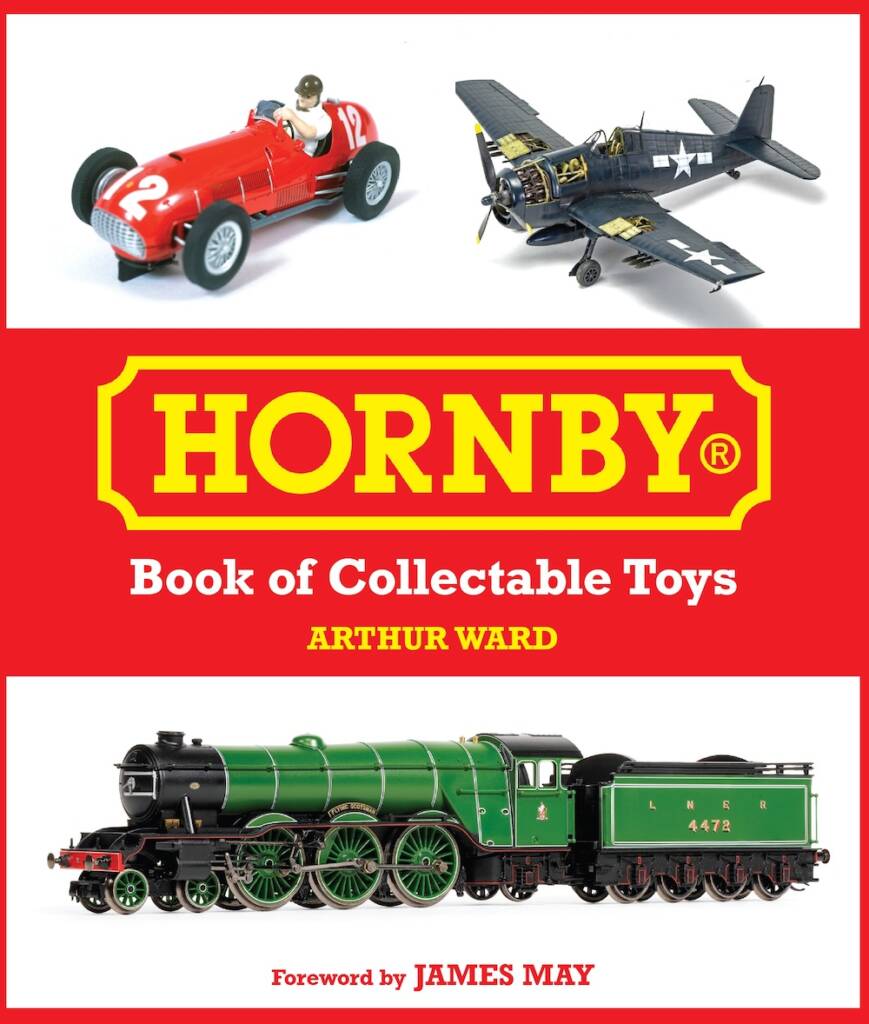
Frank Hornby, British businessman and inventor born in 1863, is a name known across the globe for model trains and toys alike. This book, Hornby: Book of Collectable Toys, takes a deep dive into the history of the Hornby manufacturing company and its many subsidiaries. This book isn’t just about model trains–it includes all of […]
Read More…
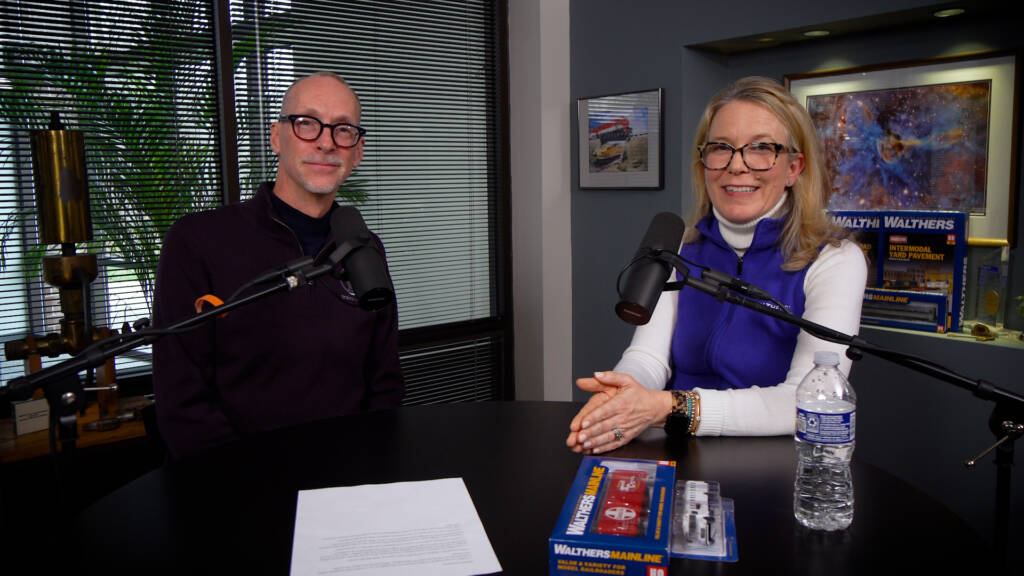
Trains.com Insider Interview | Wm. K. Walthers, Inc., CEO and President Stacey Walthers Naffah stops by the Firecrown Media Wisconsin office to visit with Trains.com Director David Popp. The shift in U.S. trade policies and practices remains the topic of greatest interest to hobbyists. You’ll want to hear, directly from Stacey, how tariffs impact the […]
Read More…
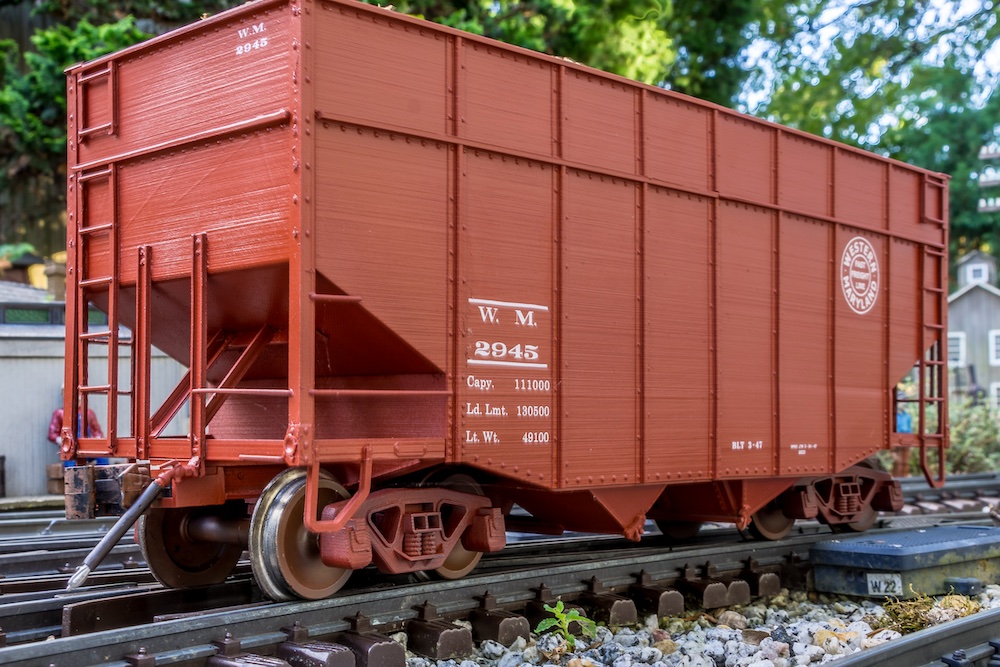
I model the Western Maryland Ry. (WM) from the 1920s to before the start of World War II. Appropriate commercial models of coal hoppers for my modeling era are limited in large scale. I was using LGB two-bay and Bachmann three-bay hoppers as stand-ins, but I wanted accurate, period-specific coal hoppers for my rolling stock […]
Read More…
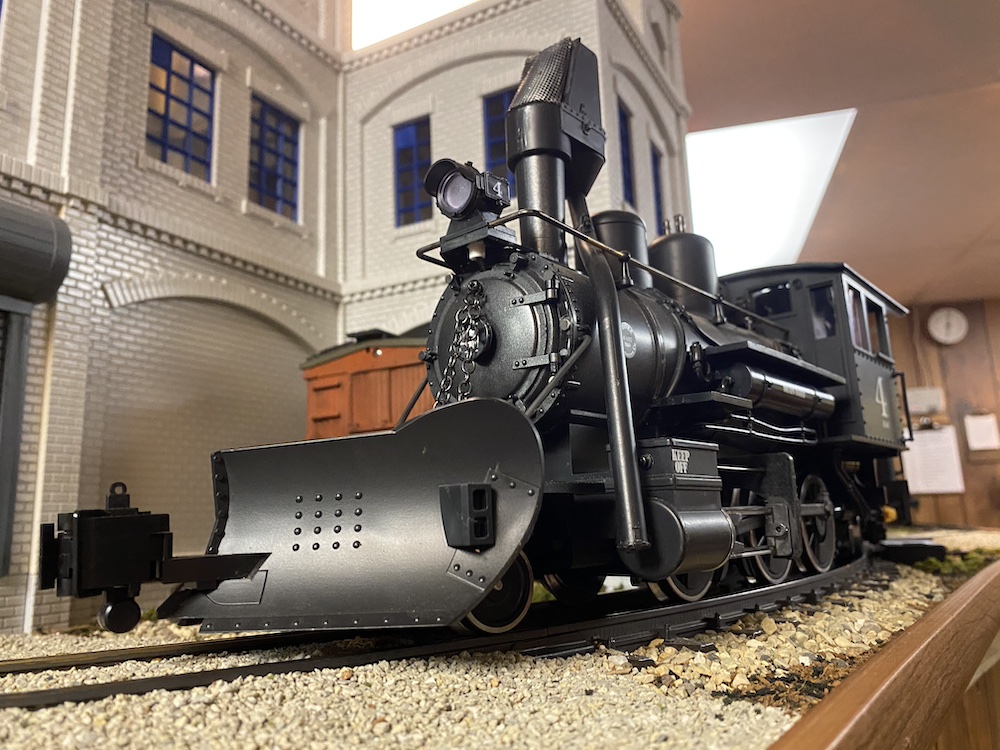
Ken Rodig’s Gunnison City Old Town Line layout is fascinating for many reasons. The 22 x 36 Gn3 (1:22.5 proportion) model railroad was built on the benchwork of his former HO scale Ironwood System. The indoor large scale layout is set in southwestern Colorado and features industrial narrow gauge railroading in the 1950s. Steam locomotives of […]
Read More…
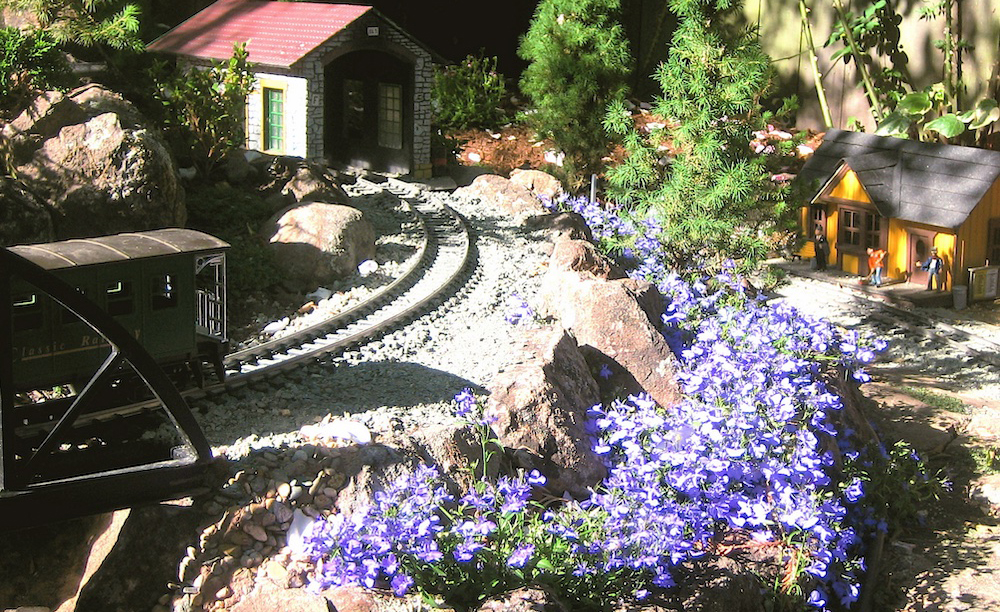
Common name: Trailing lobelia, edging lobelia, annual lobelia Latin name: Lobelia erinus ‘Riviera Sky Blue’ Plant type: Annual Plant size: 8-10″ high and spreading USDA Hardiness Zones: 10-11 for overwintering, all Zones as an annual Cultural needs: Moist soil, sun or part shade, fertilize regularly for continuous blooming So few miniature plants have such a […]
Read More…
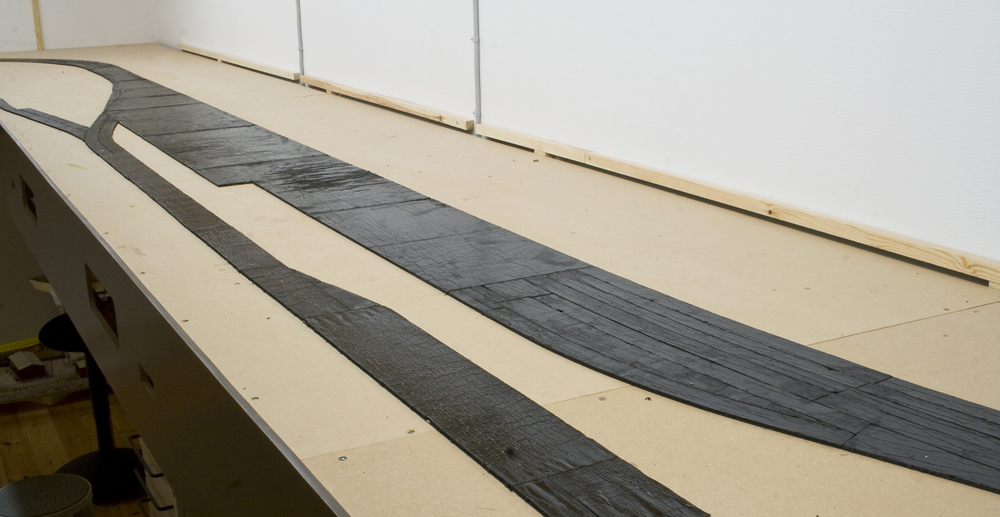
Excessive track noise was one of the main reasons I decided to rebuild my HO scale Daneville & Donner River layout. I hadn’t paid much attention to the noise level until I started using locomotives with sound decoders. That’s when I recognized how the wheel noise from rolling freight cars nearly overpowered the sound of […]
Read More…
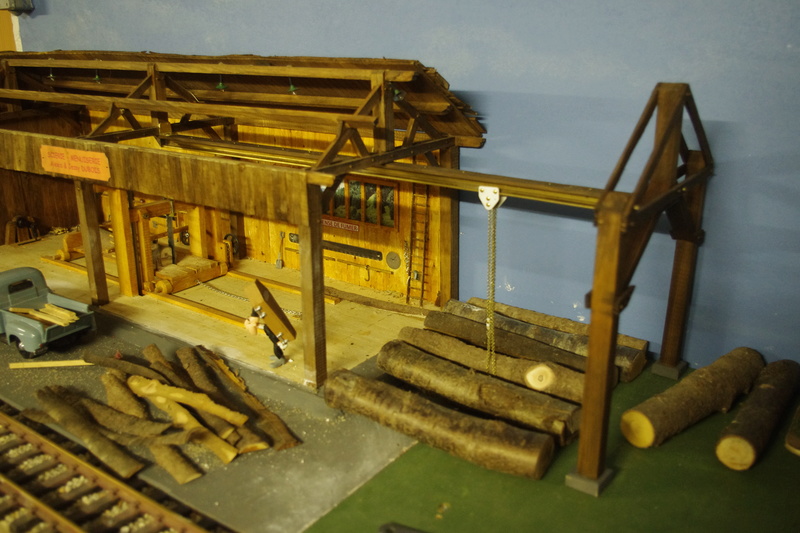
It’s nice to have structures on our railways. You can often see coaling towers, sand stations, water towers, and sometimes a sawmill. A sawmill can also be a source of additional industries, such as a lumber store for cut planks or a log storage area, featuring an overhead crane. You might add animated features to […]
Read More…
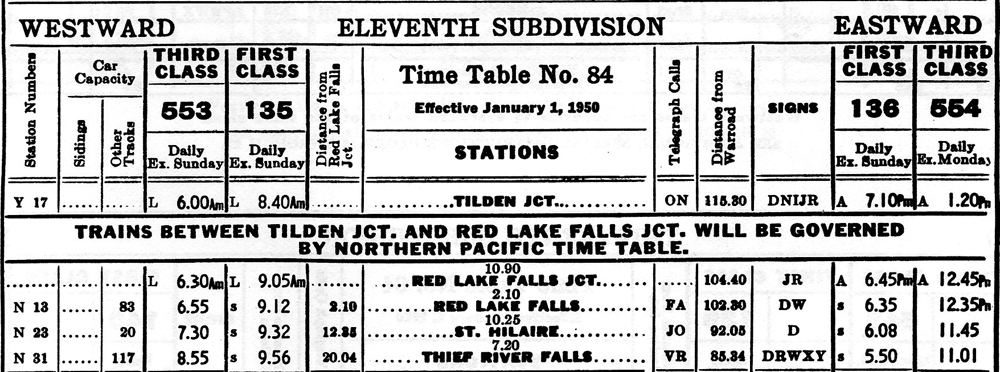
Q: I’m currently planning a layout that features several railroads, including a mythical short line that has to use running rights with the larger railroads. How would these running rights work in regards to timetables and train orders? And how would clearance cards be issued? Would there be a clearance card issued by each road, […]
Read More…
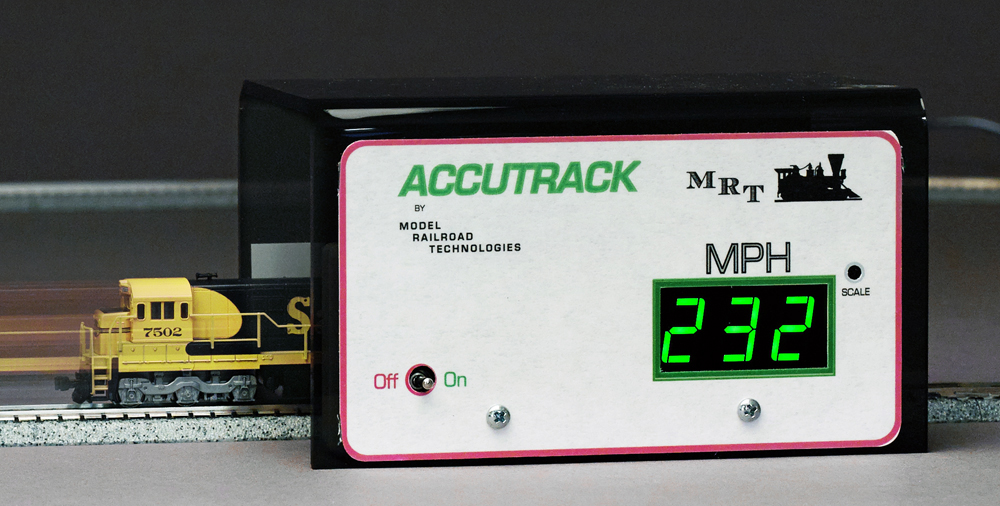
Q: In Model Railroader product reviews, locomotive speed is often measured and compared with the prototype. I was wondering how this is done so I can run my trains at prototypical speeds. — George Smitton A: When we test locomotives at the workbench, we use the Model Railroad Technologies Accutrak II train speedometer for measuring […]
Read More…
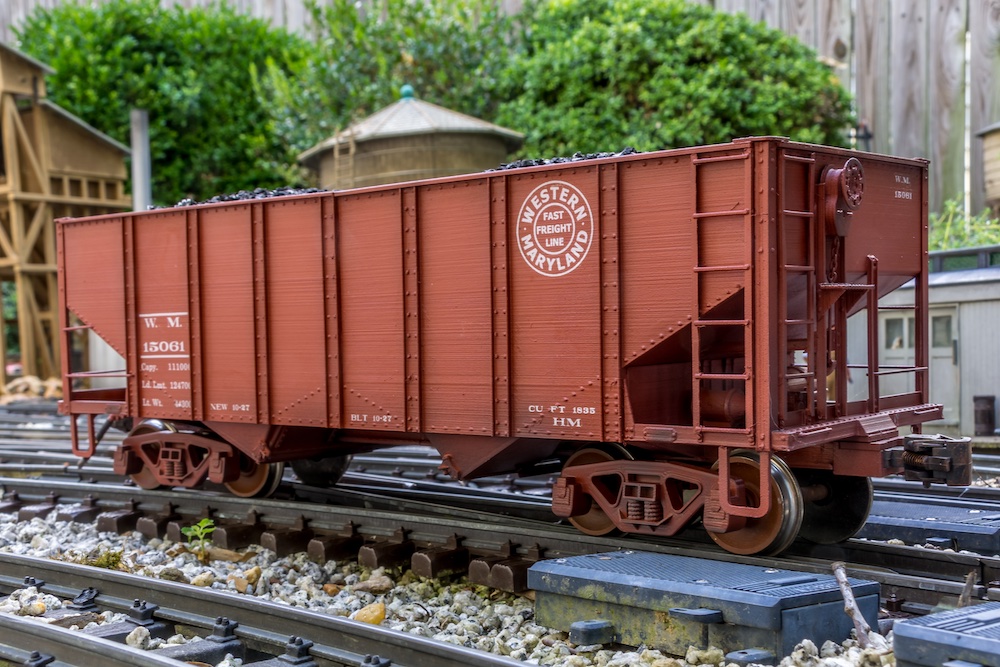
I model the Western Maryland Ry. (WM) from the 1920s to before the start of World War II. Appropriate commercial models of coal hoppers for my modeling era are limited in large scale. I was using LGB two-bay and Bachmann three-bay hoppers as stand-ins, but I wanted accurate, period-specific coal hoppers for my rolling stock […]
Read More…
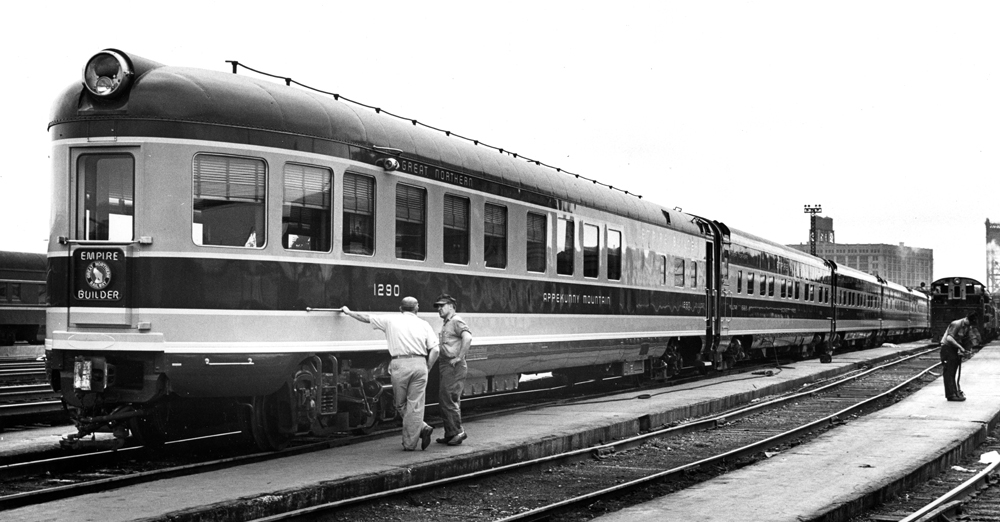
Q: I have some questions about streamlined observation cars with rounded ends. What was the purpose/use of the large light located at the end of the roofline of these cars? Is it a white light for reverse moves, or is it a red light similar to a modern day Flashing Rear End Device? Could the […]
Read More…
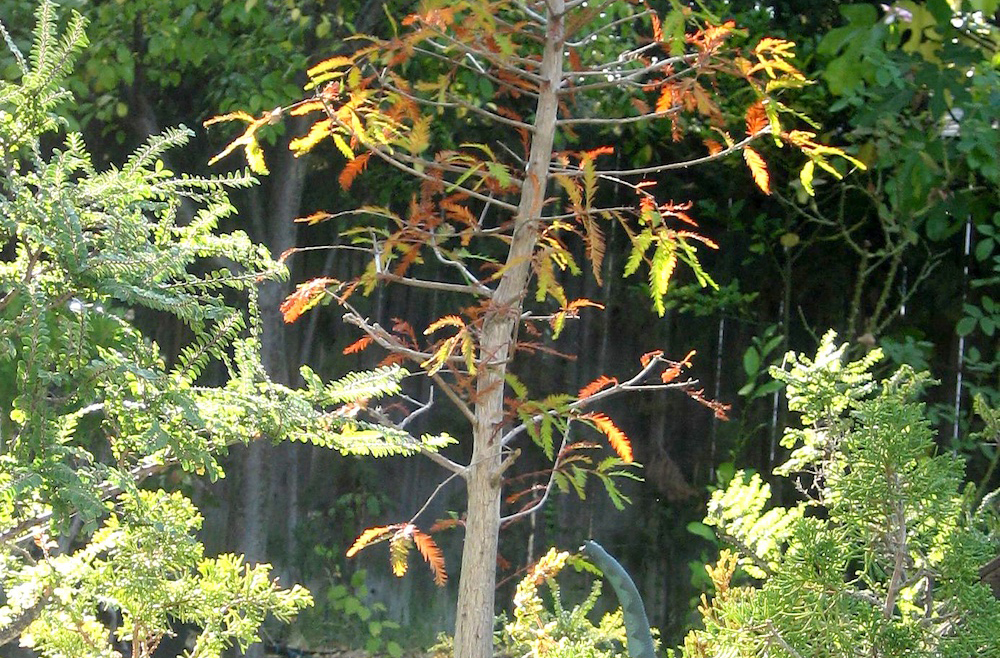
Common name: Dwarf baldcypress, dwarf swamp cypress Latin name: Taxodium distichum ‘Peve Minaret’ Plant size: 6-10′ high by 3′ wide in 10 years USDA Hardiness Zones: 5-11 (marginally in Zone 4) Cultural needs: Moist, acidic soil; sun T.d. ‘Peve Minaret’ is a dwarf variety of the magnificent swamp cypresses of the Florida Everglades. The dwarf […]
Read More…












